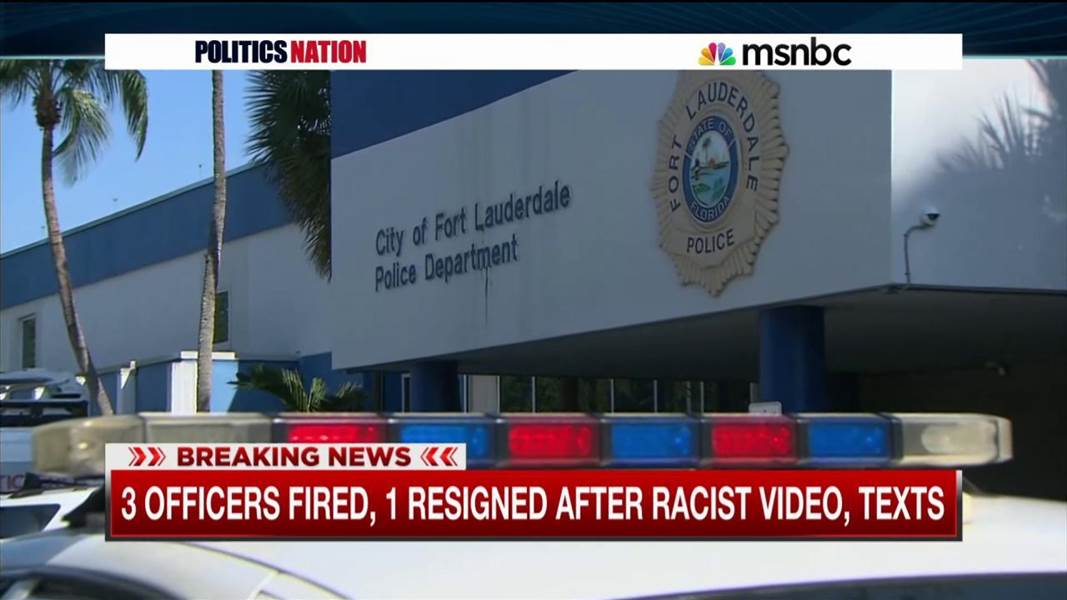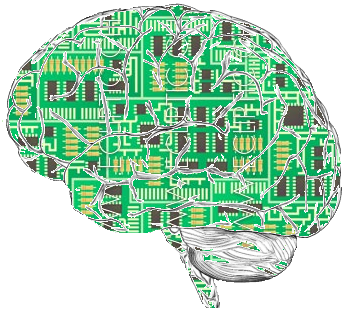In part I, we looked at what it means to validate diverse students’ experience with implicit bias. Culturally responsive teachers believe diverse students when they tell us that they are being rudely insulted, ignored, or profiled by adults because of their race, language, or gender either inside or outside of school.
But that’s not enough.
We have to go one step further and interrupt implicit bias that we ourselves might unknowingly be engaged in. Just having a social justice stance or wanting to close the achievement gap doesn’t undo our unconscious programming around issues of race and privilege. That involves a two-step process. Today we’ll look at Step 1 – how these messages program our brain.
The topic of implicit bias reminds me of one of my favorite movies, The Matrix with Keanu Reeves and Laurence Fishburne. If you haven’t seen it, check it out on Netflix. Cool sci-fi special effects. But it also highlights the key process that drives implicit bias. Here’s the plot in a nutshell. Machines have taken over the world (stay with me). They are using people as human batteries by harnessing their chemical and electric impulses for energy. To pull this off, the machines have programmed people’s brains with a software program that generates a simulated reality called “the Matrix”. The food people eat, where they go and what they do all day is really just their brain running a software program, but they respond to the programming as if it’s all real. (You gotta see it, trust me).
Here’s the connection. Our everyday experience with implicit bias is a lot like that the matrix. Implicit bias, the unconscious negative reactions you have to a person of a certain race, gender, or sexual orientation, is just your brain running an unconscious software program. It’s not based on reality as much as it’s based on socio-political messages that code your primitive brain.
Biased Messaging Cloaked in Fun and Entertainment
The primitive reptilian brain has the job of programming our internal alarm system, telling the brain what danger it should be on the look out for and how you should respond when you encounter that it out in the world.
The part of our brain that’s rational and thinking has given our lizard brains total autonomy in getting this job done. The lizard brain is obedient and operates on autopilot in the unconscious part of our minds.
Because it operates on the unconscious level, the messages from the larger racialized society must be delivered unconsciously too.
Here are the main ways we get implicit bias programming.
Messages are passed along through cartoons, songs, or parodies. As an example, it’s not hard to find cartoons depicting President Obama as a monkey on the internet. The New York Post apologized for running a cartoon that used a crazed chimpanzee to represent the President and his policies.
Or take the case of the tape of Sigma Alpha Epsilon fraternity members from University of Oklahoma singing one of their chants on a private bus on their way to a fraternity awards dinner. In the video, you can hear the Sigma Alpha Epsilon fraternity belting out their chant with others chiming in: “there will never be a nig*** in SAE.”
The chant goes on to say, “you can hang them from a tree, but they’ll never sign with me.”
The problem isn’t the racist lyrics as much as it is the casual nature with which they recite the chant and accept it as ok.
Just think about how a sticky jiggle gets stuck in your brain when advertisers want you to buy their product. Well, it works the same way with bias.
Messages are communicated in alarmist news stories. These messages are designed to trigger the brain’s alarm system by associating what we see on the news with danger out on the streets. Take the recent study by Color of Change and Media Matters for America that looked at the representation of Black people in local news reporting on crime.
The report pointed to a high level of media distortion: while 2 out of every 4 people the NYPD arrest for murder, assault and theft are African American, 3 out of every 4 people the news media show as responsible for those crimes are Black. The exaggerated amount of Black faces linked to crime breeds suspicion and hostility toward Black [and Latino] people, as does the under-reporting of white-perpetrated crime. This leads White Americans to believe that African Americans and Latinos are prone to criminality by nature.
Messages are presented as innocuous and harmless joking. To keep programming unconscious, bias messaging is played off as harmless. Look no further than the recent incident in the Fort Lauderdale police  department. Several officers made a spoof of a movie trailer where the police were hunting people of color in white hoods. When the tape became public, Chief Frank Adderley simply said, “Based on the investigation, they felt, in their words, that it was a joke,” of the officers’ videotape and follow up text messages.
department. Several officers made a spoof of a movie trailer where the police were hunting people of color in white hoods. When the tape became public, Chief Frank Adderley simply said, “Based on the investigation, they felt, in their words, that it was a joke,” of the officers’ videotape and follow up text messages.
One officer explained away his actions as simply trying to be one of the guys: “When I saw everybody else was texting, I felt, you know, maybe it – the way I could possibly fit in is saying something along those lines.”
In another recent example, the Department of Justice’s report on the City of Ferguson and its police department pointed out how inappropriate emails were freely shared in city government. The emails included “jokes” mocking how black people talk (“I be so glad that dis be my last child support payment!”), depicting blacks as criminals, welfare recipients, unemployed, lazy, and having “no frigging clue who their Daddies are.”
Yet, there’s no evidence that the authors were reprimand or readers instructed to stop sharing these emails. “Instead,” according to the report, “the emails were usually forwarded along to others.” Their power to code the unconscious bias into the lizard brain happens just by reading them, even if you don’t agree with the “joke” or think they are offensive.
This is the unsexy part of culturally responsive teaching. We have to look at some hard truths about inequity in our society and ways it’s perpetuated from generation to generation. When we do, we are able to bring our unconscious biases to our conscious awareness.
In the final post in this series, I’ll look at how we interrupt this unconscious programming as the next step in clearing the way for building trust with our disengaged students.
Leave a comment. Share your experience with messaging you’ve encountered.


